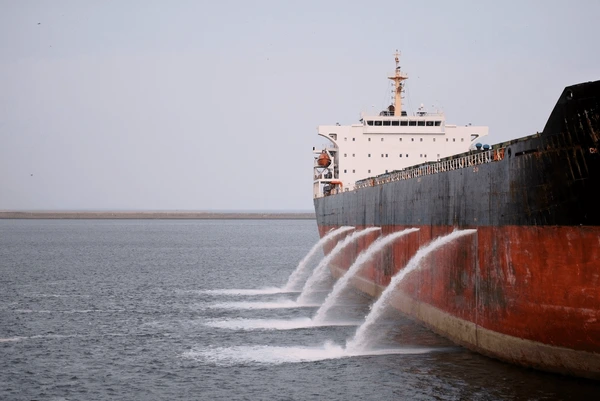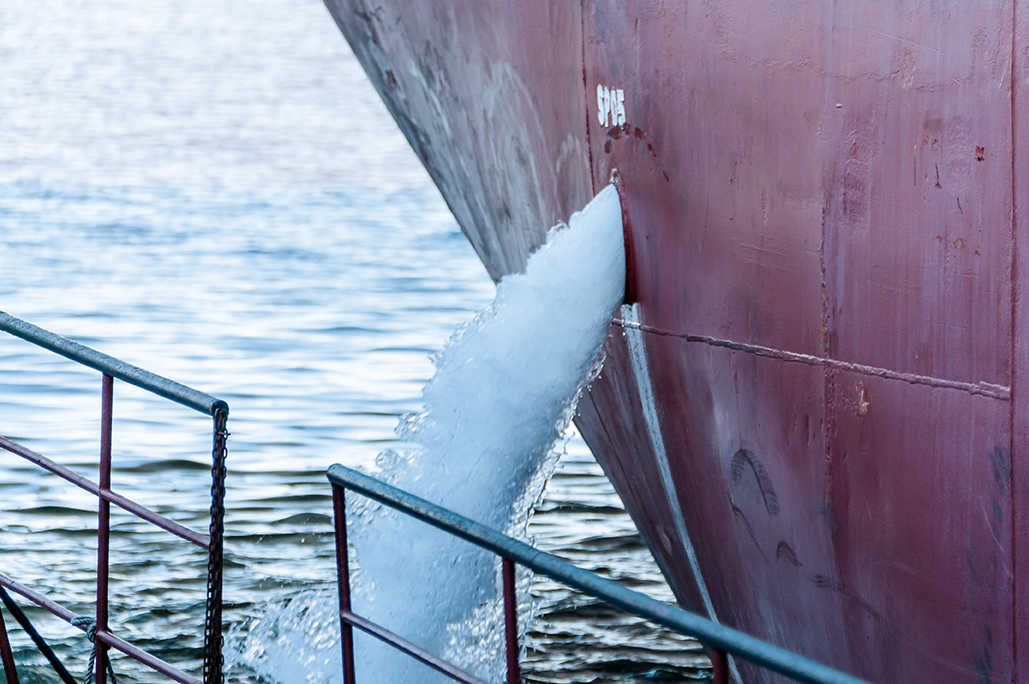Why Ballast Water Monitoring is Essential
Ballast water discharges are controlled globally due to the risk of transferring harmful aquatic organisms. Under the IMO’s International Convention for the Control and Management of Ships’ Ballast Water and Sediments (BWM Convention) and the U.S. EPA’s Vessel General Permit (VGP), vessels fitted with a ballast water treatment system (BWTS) must meet strict effluent standards and monitoring requirements.
Regulatory Requirements at a Glance
- Under the IMO BWM Convention, treated ballast water must comply with the D-2 standard (for example, less than 10 viable organisms/m³ > 50 µm and less than 10 viable organisms/mL between 10–50 µm), among other criteria. AlpHa Measure+1
- Under the U.S. EPA’s 2013 VGP, vessels with BWTS discharging into U.S. waters must conduct biological-indicator monitoring, residual biocide monitoring, and keep detailed records. www3.epa.gov
- The VGP monitoring schedule differs depending on whether high-quality type-approval data are available for the BWTS:
- Biological indicators: Devices with high quality data → 2 times in first year; devices without → 4 times per year.
- Residual biocides or derivatives: Devices with high quality data → 3 times in first 10 discharge events; devices without → 5 times in first 10 discharge events. Maintenance also has different frequencies.
Monitoring Requirements for Ballast Water
Biological Indicators Monitoring
- For vessels using a BWTS: the treated ballast water discharge must be sampled for biological indicators. If devices have high quality data and two consecutive samples are below permit limits, the monitoring may reduce to once per year after the first year.
- For vessels without high-quality data: monitoring is required 4 times per year.
Residual Biocides & Derivatives Monitoring
- If the BWTS uses biocides or active substances, the vessel must monitor for residuals/derivatives. Initial sampling and maintenance frequencies vary.
- Analytical methods are defined (e.g., EPA Method 327.0-1 for chlorine dioxide, SM 4500-ClO₂ E, etc.).

Our Ballast Water Service Offering
We provide a comprehensive service to ensure compliance with both IMO and VGP standards:
Pre-packed sampling kits delivered to your vessel (bottles, preservatives, labels)
Onboard attendance for sample collection following the generic protocol (e.g., EPA “Generic Protocol for the Verification of Ballast Water Treatment Technology” for VGP)
- Transportation of samples under correct conditions (timing, temperature, preservation)
- Accredited laboratory testing (EPA / ISO methods) for biological indicators, biocides, derivatives, physical-chemical parameters
- Detailed reporting with analytical results, comparison against limits, logs suitable for submission or retention onboard
- Guidance on regulation (IMO BWM Convention, U.S. VGP/VIDA) and documentation support
Why Choose Us?
- Fully aligned with IMO D-2 standards and U.S. VGP monitoring requirements
- Experts in ballast water sampling, shipboard logistics and lab analysis
- Fast turnaround, globally accessible service and full documentation
- Supports fleet-wide compliance and audits by Port State Control
Ballast Water – VGP Compliance Monitoring

Get Started
Contact us today to arrange a sampling plan for your vessel, whether it’s newly installed or undergoing commissioning. Ensure your ballast water monitoring is compliant, documented and effective.
- Ready to order a sampling kit and schedule an onboard sampling service?
- Need an annual compliance package including logistics, lab analysis and reporting for your fleet?

